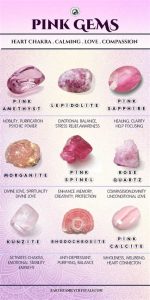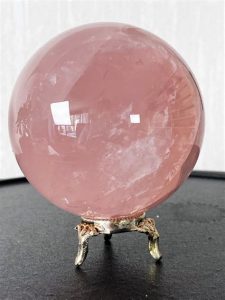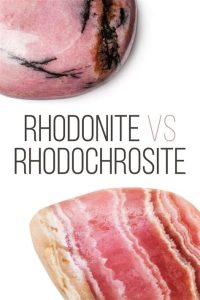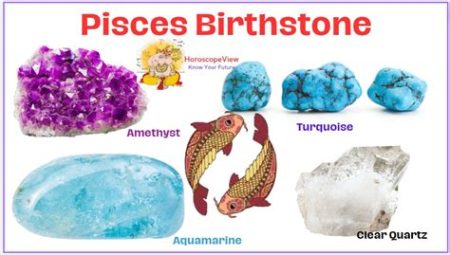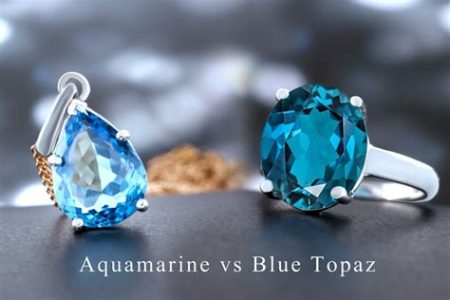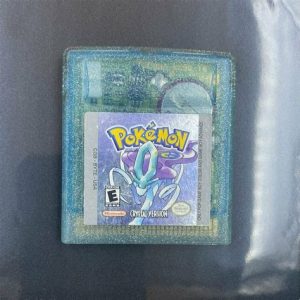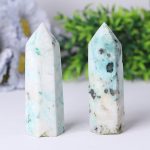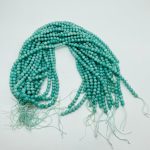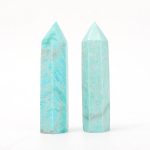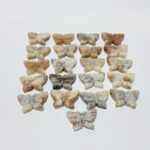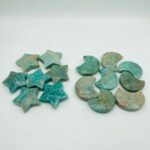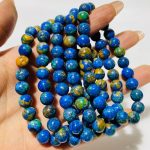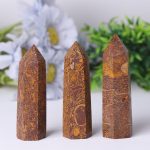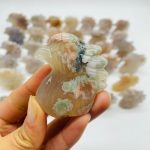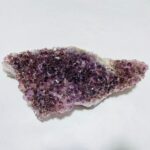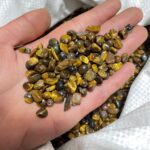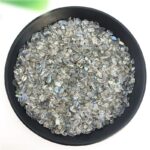Amethyst, a captivating gemstone renowned for its breathtaking purple hues, has captivated humans for centuries. However, distinguishing authentic amethyst from imitations can be a daunting task, especially in today’s vast and often deceptive marketplace. This comprehensive guide will empower you with the knowledge and techniques to discern genuine amethyst from its counterfeits, ensuring that your investment is both wise and rewarding.

1. Color
- Real amethyst: Displays a range of purple hues, from pale lilac to deep burgundy. The color should be even and consistent throughout the stone.
- Fake amethyst: May exhibit artificial or excessively vibrant purple hues, often created by dyes or irradiation.
2. Clarity
- Real amethyst: Typically exhibits some degree of inclusions, such as tiny bubbles or crystals, adding to its natural beauty.
- Fake amethyst: Often appears excessively clear or flawless, lacking the characteristic imperfections of genuine gemstones.
3. Hardness
- Real amethyst: With a Mohs hardness of 7, amethyst is relatively hard and resistant to scratches.
- Fake amethyst: May be made of softer materials, such as glass or plastic, and easily susceptible to scratches.
4. Transparency
- Real amethyst: Can vary in transparency, from translucent to opaque. The transparency may also vary within the same stone.
- Fake amethyst: Often appears uniformly transparent or opaque, lacking the natural variations of genuine gemstones.
5. Fluorescence
- Real amethyst: Under ultraviolet light, amethyst often exhibits a strong fluorescence, glowing a bright red or orange color.
- Fake amethyst: May not fluoresce at all or may display a weak or inconsistent fluorescence.
6. Shape
- Real amethyst: Naturally occurs in various crystal shapes, including hexagonal prisms and drusy clusters.
- Fake amethyst: May be cut into unnatural or uniform shapes to mimic real amethyst but lacks the intricate formations of genuine crystals.
7. Price
- Real amethyst: Genuine amethyst is generally more expensive than imitations.
- Fake amethyst: Can be sold at a significantly lower price than real amethyst, indicating potential counterfeiting.
8. Certification
- Real amethyst: May come with a certificate of authenticity from a reputable gemological laboratory.
- Fake amethyst: May lack any certification or provide fraudulent documentation.
9. Trustworthy Source
- Real amethyst: Purchase amethyst from reputable jewelers, mineral dealers, or online retailers with a proven track record of selling genuine gemstones.
- Fake amethyst: Avoid purchasing amethyst from untrustworthy sources or individuals known for selling counterfeit gemstones.
10. Expert Opinion
- Real amethyst: If in doubt, consult a gemologist or other expert who can examine the stone and provide an accurate assessment.
- Fake amethyst: An expert can easily identify imitations based on their distinct characteristics and properties.
Conclusion
By carefully considering the factors outlined above, you can confidently discern genuine amethyst from its imitations. Whether you are a seasoned gemstone enthusiast or a novice collector, this guide equips you with the knowledge and tools to make informed purchases and safeguard your investments in this captivating gemstone. Remember, the joy of owning amethyst lies not only in its beauty but also in the assurance of its authenticity, ensuring that its allure endures for generations to come.

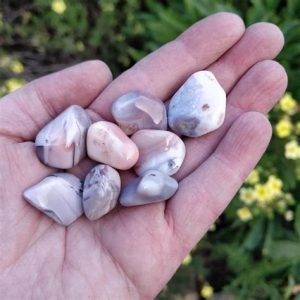
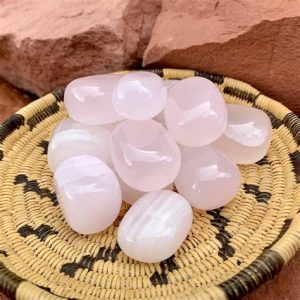
![🔮 Pink Carnelian: The Essential Guide [2025] 6 How to Know if Amethyst is Real 2025: The Ultimate Guide](https://wholesale-crystal.com/wp-content/uploads/2025/01/1737995002-450x300.jpg)

